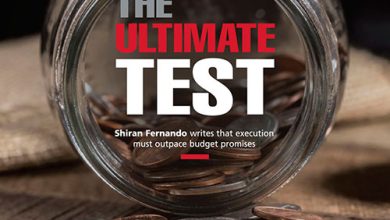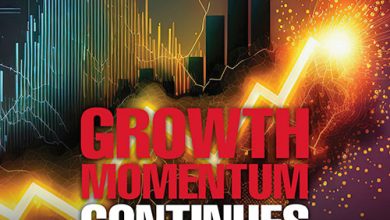ECONOMIC ANALYSIS
A GREAT WAY TO INFLUENCE
Gloria Spittel learns how corporates adopt behavioural economics to achieve desired biz outcomes
As with most concepts, behavioural economics is not a new field although it’s by and large much younger than centuries old economics. It is a method of economic analysis that incorporates psychology to understand human behaviour relating to decision making.
This is radical in the concretised discipline of economics, which holds that most human behaviour can be explained by assuming that preferences are well-defined, stable across time and rational.
Probably in a perfectly stable world where there’s ample time and resources, the rational human being may be capable of making well-informed decisions for the short, medium and long terms.
Not only would those decisions be made in line with a well-defined goal but discipline and self-control will guide their attainment. This process sounds familiar as many have dabbled in it; some with success and others with frustrating disappointment. Much of the inability to achieve stated goals or exercise self-control and discipline could be the result of a combination of factors ranging from inconsistency to the need for instant results or gratification – and more explicably, the very fallible nature of human beings.
This is not to suggest that consistency and discipline are the ambits for and of an exceptional few. But with the application of the appropriate behavioural science tools, there is a possibility of influencing human behaviour.
Behavioural economics accounts for irrationality in human behaviour through the application of psychology using concepts such as loss aversion, endowment effects and framing biases.
Over the past few years, it has become a buzzword. This may have something to do with Professor Richard Thaler – coauthor (along with Professor Cass Sunstein) of the 2008 bestseller ‘Nudge: Improving Decisions about Health, Wealth and Happiness,’ and a founder of the ‘nudge theory.’ For this and his work on behavioural economics spanning decades, Thaler was awarded the Nobel Prize in Economics in 2017.
The nudge theory seeks to alter a person’s behaviour in a predictable manner without forbidding options or significantly changing economic incentives. In other words, while there are no penalties for not acting in a (hopefully) predictable manner, the person making the decision is doing so in an ecosystem that is specially designed and constructed to elicit the desired outcome.
While this may sound manipulative (and it can certainly be misused by nefarious agents), it is designed to help individuals make the best decisions in their own self-interest.
Yet, the argument can (and should) be made that the potential for misuse and an authority deciding what is best for another is problematic, although the decision maker is always presented with a choice and isn’t coerced. This concept is termed ‘libertarian paternalism’ and has attracted the attention of politicians, policy makers and businesses the world over.
So what are the uses of behavioural economics in business?
Given its broad description, there are many applications. These range from customer, employee and change management, to growth, sales, service and operation.
This column will explore behavioural economics – and its uses in employee and customer management – in more depth going forward. For the time being, it’s worth considering some well-known applications of behavioural economics in businesses covering growth and operations.
Because it seeks to influence behaviour, behavioural economics is a helpful tool for the marketing division. Whether it is for marketing a new product or increasing sales of an existing product following a strategic repositioning, it’s important for overall growth strategies.
The first strategy is to limit choice. An overabundance of choices could overwhelm and leave a disgruntled buyer incapable of making a decision. A limited but well thought out list of options on the other hand, could provide a healthy basket of choices.
Second is positioning – sometimes even physically (at eye level, within reach or behind a counter) – or making an action more cumbersome. This could include making it harder to pay for an item by changing the payment option for a specific product such as by accepting cash only. In these examples, the choices are available to the customer; they’re simply harder to attain and the slight nudge would work.
Thirdly, there’s communication. Not only effective communication but saying the right thing in the right way! This is harder than it seems: it’s not about convincing the customer to buy your product or commission your services; it is more about suggesting in a non-coercive or manipulative way that he or she may lose out on an opportunity. It is undoubtedly important that the company and its sellers are not coercive – or worse still, manipulative – as this could end with the business being pushed off a cliff!
On the operational front, behavioural economics offers tools for developing responses to guard against future crises by understanding those in the past – by analysing pitfalls, attendant reasons and organisational dynamics.
So behavioural economics offers psychological tools for those who are not inclined to the discipline of psychology to understand and further their business interests in a complex and turbulent world.







